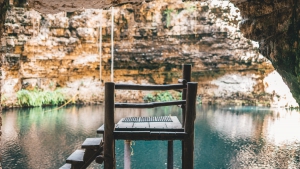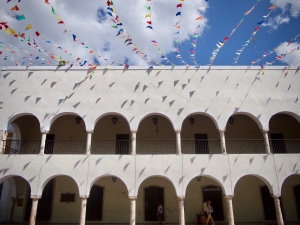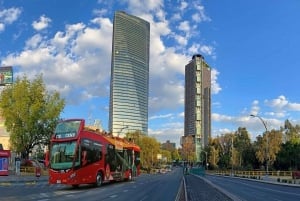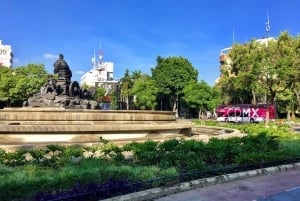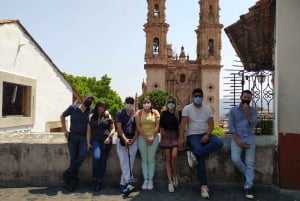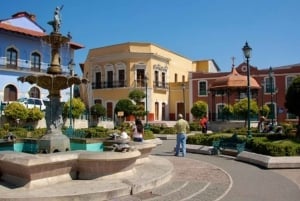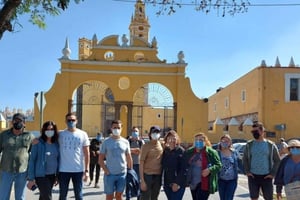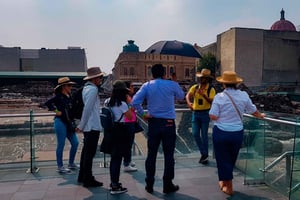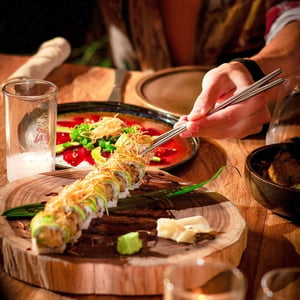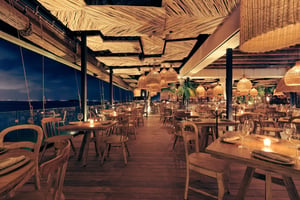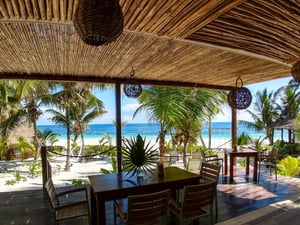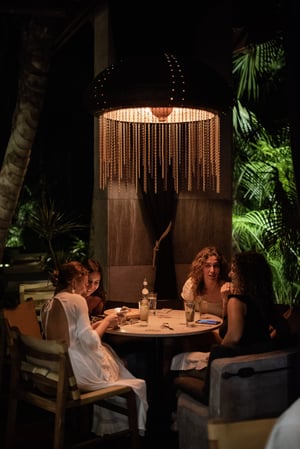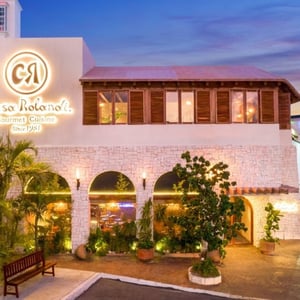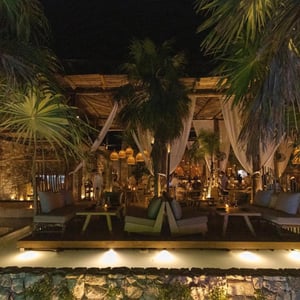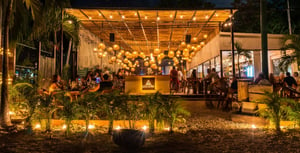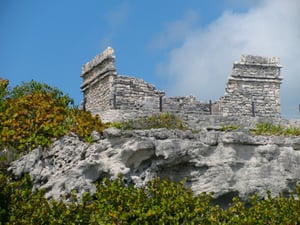Yucatán
This region is especially famous for its beaches on the Gulf of Mexico and for its Mayan ruins.
If there is a state rich in culture, history, tradition, and natural wonders, it is Yucatán, which is located in the southeastern region of Mexico, on the Yucatán Peninsula. This region is especially famous for its beaches on the Gulf of Mexico and for its Mayan ruins. Its capital, Mérida, offers an impressive historic center for its colonial buildings and colorful mansions that date back to the 17th and 18th centuries.
Due to its location close to the tropics and surrounded by warm tropical waters, the Yucatan climate is primarily tropical, characterized by frequent humidity and high and constant temperatures throughout the year. The hottest months are generally between April and September. The months that span from November to February are relatively colder.
A great plus of this place are its warm waters, where one can enjoy going into the sea almost throughout the year without being cold. The water temperature in Yucatán is hot and constantly stays above 25º, reaching 29º in August and September.
The best months for a trip to the Yucatan peninsula are those that go from December to February, the months in which the temperatures are lower and the rains are slightly less. Also, the months of March, April, and May have little rain, but during this period the temperatures begin to rise.
Yucatan offers unforgettable landscapes for its paradisiacal beaches and magical jungles that hide some of the best-known Mayan treasures in the world. One of them is the archaeological zone of Chichén Itzá, considered one of the New Wonders of the World and declared a World Heritage Site by UNESCO, it includes a huge pyramid, a ball court, and stone temples. Here you can see a phenomenon that is the product of the intelligent architectural and astronomical mix of the place, in which a spectacle generated by sunlight is produced that creates the illusion of the snake sliding down the stairs. Close to this area you can find the famous cenotes (natural underground currents that were considered sacred by the Mayans) where you can take a refreshing bath after a walk through these magical landscapes.
Other Mayan sites are Ek Balam, famous for its well-preserved sculptures, and Uxmal, with its complex carved facades. In the latter, a magnificent decoration stands out in the Quadrangle of the Nuns in which frets, lattices, human figures, snakes, heads of turtles, owls, and masks of the god Chaac alternate. Here you can see the Uxmal sound and light show in which Mayan legends are narrated.
One of the regulatory stops during the visit to Yucatan are its Magical Towns such as Valladolid and Izamal, full of the most interesting cultures, architectures, and traditions. In addition, Izamal, known "the Yellow City" for the ocher color of its houses and the convent of San Antonio de Padua, hides the five temples and pyramids built by the Mayans.
Yucatecan gastronomy is one of the most complete and varied in all of Mexico, with a marked influence from the cuisine of Mayan origin. Some of its typical dishes are the cochinita pibil and the mukbil, in addition to having more Caribbean dishes based on octopus, fresh fish, and seafood.
Yucatan is a must-see place in Mexico that if it is not yet on your list of trips to do, it is time for you to write it down.





